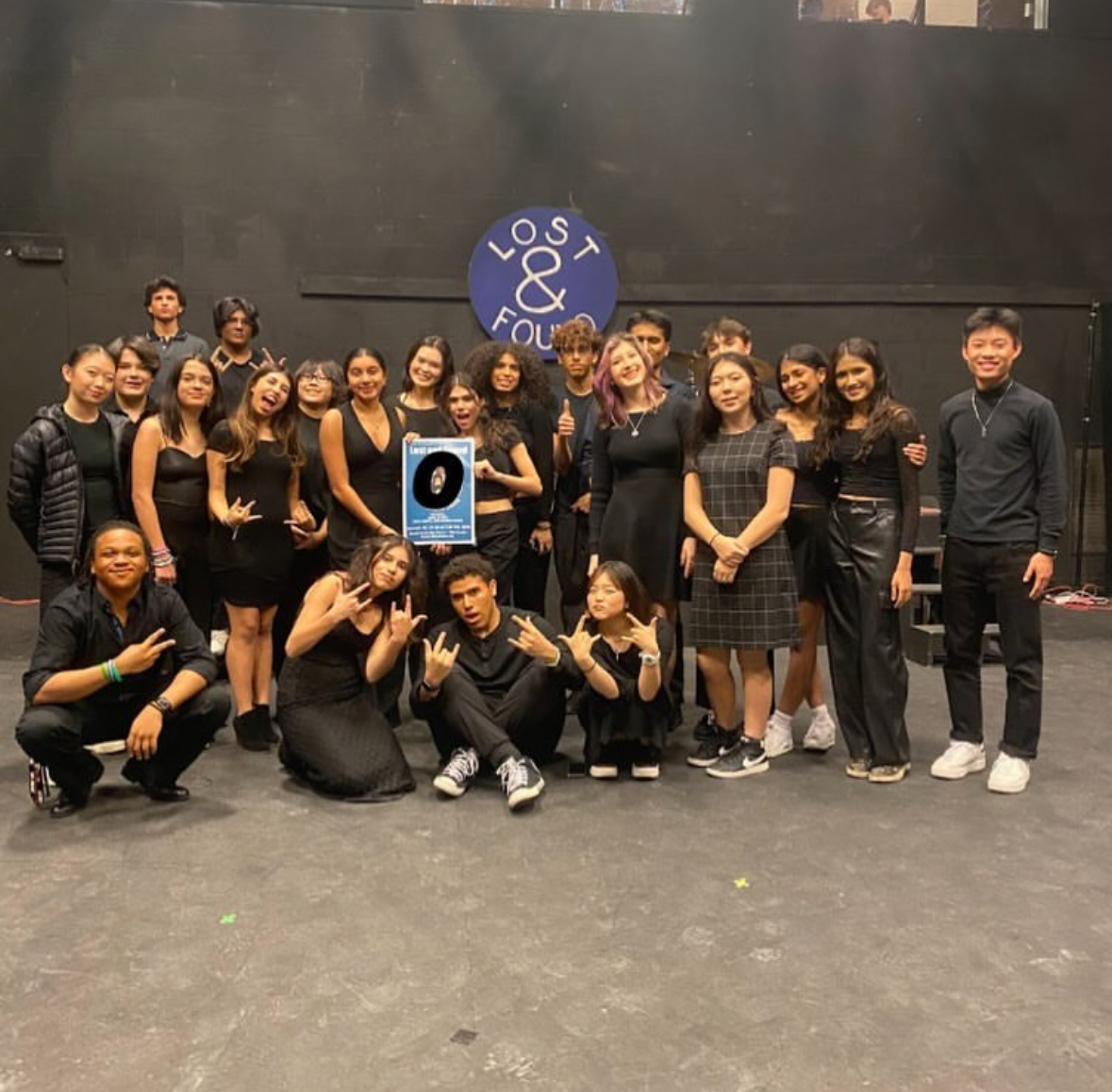“This is the story I was born to tell,” said James Franco in a Vox interview of his most recent movie, The Disaster Artist.
Three years after seeing a midnight screening of The Room — the purported best worst film — Franco instantly realized both the humorous nature and meaning behind the film, inspiring him to look into the story behind the film. He turned to The Room actor Greg Sestero’s 2013 memoir, entitled The Disaster Artist: My Life Inside The Room, the Greatest Bad Movie Ever Made, about his attempts to break into the Hollywood scene and his time with Tommy Wiseau, the writer, director, and lead actor of The Room.
Franco’s interest piqued; he read and bought the rights to Sestero’s novel, ultimately leading to the creation of The Disaster Artist. The A24 film breaks down Sestero’s novel for its core moments: his initial acting class with Wiseau through the first showing of The Room in Los Angeles, to a laughing audience. It is a film about a film but reveals the true tragedy of The Room: the harsh reality of trying to make it in the Hollywood scene. The film perfectly blends the comedic reality of making a movie with someone as out of the ordinary as Wiseau, but also the deeper, more serious roots of the entire ordeal and what led up to it, as all fantasies come with their prices.
Three years after his first time seeing the film, Franco’s Disaster Artist would be shown at multiple film festivals to much acclaim, thanks to both its compelling nature and his uncanny portrayal of Wiseau. Franco remained in character during the entire making of the movie, “speaking in the Tommy voice” constantly and wearing prosthetic makeup, according to his co-star Seth Rogen in an interview with Seth Meyers. It was “probably the first time anyone’s ever directed a movie in character,” Rogen noted. The film has achieved multiple award nominations and wins upon its wide release in 2017, including James Franco’s Golden Globe for best actor in a comedy role, a Rotten Tomatoes “certified fresh” rating, a best-adapted screenplay Oscar nomination, and an 8/10 score on IMDb. Such praise appears to have confirmed Wiseau’s dreams of gaining Hollywood fame, albeit not through his hoped-for prestigious means.
Outside of its unexpected and growing Hollywood status, however, the film’s viewers—combined with the ever-expanding story of Wiseau’s idiosyncrasies and the creation of such a depthless film—have also kept it alive.
Waiting in line for a December midnight screening of The Room at the Coolidge Theater, I became one of those viewers. I had in fact first seen the film — the first R-rated one I ever viewed — as a result of a prank pulled on my friend and me by his older brother. We had asked to borrow one of his comedy movie discs and were handed DVD with chicken scratch scrawled on its side bearing a title: The Room. Although we knew it wasn’t the movie we wanted, we found ourselves glued to our seats in front of the glowing television set. My thirteen-year-old self was taken back by the lack of any structure or satisfying substance I had seen in films at that point, pulling me sink, line, and fisher into the cult of The Room.
The line into the theater itself boasted a hotbed of similar stories: for many people waiting in front of the theater, this was not just their first or second time seeing the movie, but their third to seventh time. With each viewing, The Room’s viewers take home something new, whether it be a new bar lowered or memories from the momentum of a public showing. Many of the people outside the theater carried footballs, boxes or bags of spoons, and faded DVD casings, some even dressing in full suits and costumes for the event, armed with the film’s popularized iconography. Ultimately, its ability to flounder without any of the defining features of “good cinema” yet continue to mesmerize countless audience members is what makes it the pinnacle of wonderfully awful filmography.
So with my attention baited I relentlessly stood another hour and a half in line, allured by the chance to once again enjoy seeing one of my favorite films on the big screen. And without my recognizing time’s passing, we were let loose into the 85-year-old theater. The audience entered, the lights dimmed, and a faceless voice thundered from the speakers.
“Is this thing working?” it boomed in an all-too-familiar voice.
“Oh, hi, Mark! Oh, hi, Greg!” the audience thundered back in an ode to one of the film’s most iconic lines. With that, Sestero walked on stage, coffee cup in hand as he waved and the festivities began.
In an event named “Inside the Room,” other fans and I viewed a short documentary about The Room and its origins, production, and aftermath, then read an original copy of The Room’s script. The already-hilarious script even included Wiseau’s grammatical errors, making for quite the memorable night. After the reading, a line to shake hands with Sestero began to stretch through the theater’s entrance lobby, wrapping all the way up the second-floor stairs. I even bought a shirt presenting a distraught Wiseau shouting, “You’re tearing me apart, Lisa!” before I met Sestero face-to-face. But I didn’t spout any one-liners at him; he deserved a break from the constant onslaught of Room fanaticism.
Even with the impending oversaturation of The Room as a fear in the back of my mind, I still enjoyed myself throughout the night and into dawn. Yet the most significant part of the event to me was the extended preview for Sestero and Wiseau’s upcoming indie film, Best F(R)iends.
Based on the synopsis and trailers, their new film appears to mirror the relationship that Sestero outlined in his memoir. Sestero had been an unexceptional actor trying to find his place in the industry before the wealthy and unrestrained Wiseau entered and changed his life forever. I hope that at this point Sestero, Wiseau, and their fellow cast and crew members will have made peace with the movie that stagnated most of their careers and unproductively consumed so much of their time. But maybe that’s what the upcoming film is for Sestero and Wiseau, in a sense. Both of them were pulled into the void that was The Room, but perhaps their upcoming film will release them from the shadow of their unintentional masterpiece.
If The Room is the story of two friends in a childish and nonsensical tragedy and The Disaster Artist a behind-the-scenes look at the lives of those involved, Best F(R)iends will be what should have been made in the first place: a comedy about two unlikely friends, just trying to find success in a dark and unforgiving world.
Categories:
Film Fanatics: The Disaster Artist salvages 'best worst film'
March 18, 2018
Donate to The Newtonite
More to Discover















































